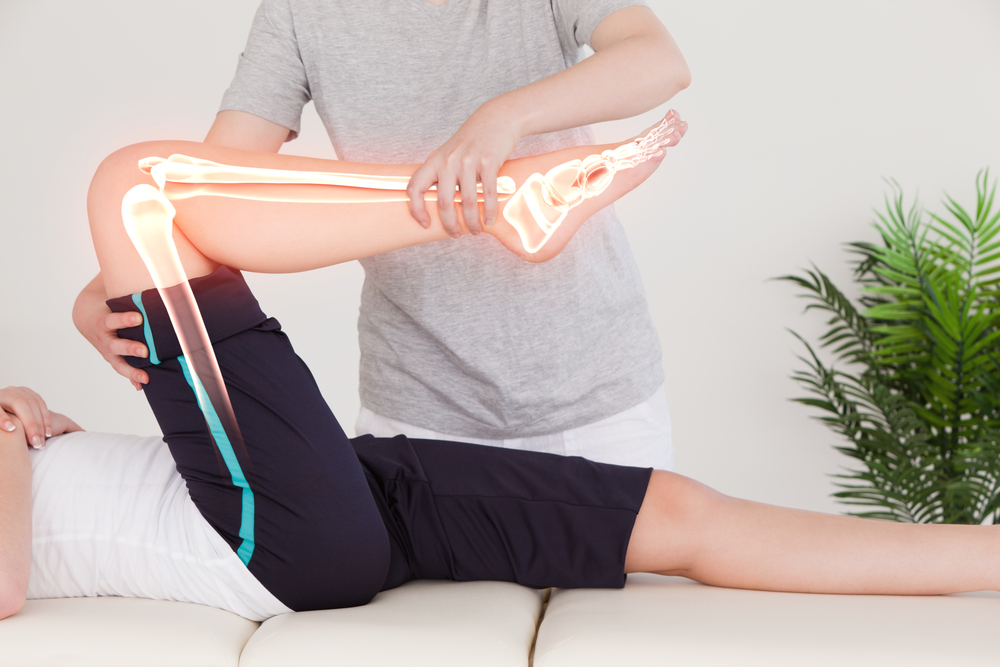
When you visit the doctor for symptoms suggesting sciatica, you will be asked questions about the nature of your symptoms, when and how they started, and whether anything worsens or improves them. The doctor will also check your back, legs, and neurological function with some easy to accomplish tests.
Focusing at a diagnosis of sciatica may need no more than that, but in some cases, the doctor will also ask you to have an imaging study, such as an X-ray, or test the functioning of your muscles and nerves using electromyography.

Sciatica Treatments for Pain Management
Once it’s determined that you most likely have sciatica, you and your doctor will work together for sciatica treatments that are best for you.
Initial sciatica treatments can include the following:
- Placing ice or warmth to the areas that hurt
- Stretching your hips and legs, mainly your hamstrings, the muscles on the back of your thighs
- Avoiding prolonged sitting
- Having a physical therapist for assistance with stretching, heat or ice therapy, and exercises to strengthen the core muscles that assists the spine
- Taking anti-inflammatory or analgesic medication, that is recommended by your doctor
- Trying complementary therapies, such acupuncture or a method like the Alexander technique, that can improve overall body alignment
How to Stretch Safely With Sciatica
An easy hamstring stretch for people with sciatica is to lie on your back, raise one leg in the air, strap a towel around the raised thigh or foot, and support your leg with the towel while gently stretching your knee. The leg on the floor can be bent or straight, which position is more comfortable. You should feel a stretching sesnsation along the back of your leg.
When you stretch, do it with the goal of feeling better, and not becoming flexible or improving your range of motion. Over time you may become more flexible and increase your range of motion, but these tend to happen slowly, with constant practice.
Pushing (or pulling) too hard in a stretch may cause tiny tears in your muscles, tendons, and ligaments, which will hurt and can cause them to become less flexible, not more.
Using Over-the-Counter (OTC) Pain Medication Safely
Over-the-counter anti-inflammatory drugs, such as Advil (ibuprofen) and Aleve(naproxen), can ease the pain of sciatica, but overusing these medicines — taking too much at once or using them too often — may have dangerous side effects, including damage to the lining of the stomach that sometimes causes stomach ulcers.
The risk of liver damage from acetaminophen may also contribute higher in people who drink three or more alcoholic drinks per day or have pre-existing liver disease.
If you find yourself dependent on OTC pain medication to relieve sciatica pain for weeks on end, consult your doctor for an alternative plan on managing the pain.
Steroid Injections
For unbearable sciatica pain, a doctor may recommend an epidural steroid injection, in which a corticosteroid medicine is injected near the spinal nerve roots. The relief from epidural steroid injection can last for a few months or more.
Surgery for Sciatica
Surgery may be very effective for severe cases of sciatica. The kind of surgery depends on what is causing the pain.
When it appears a herniated disk is leaning on the sciatic nerve, all or part of the disk may be surgically removed.
Another option to release pressure on the spinal cord or nerves is a laminectomy. This kind of surgery removes the back section of a vertebra to expand the spinal canal.

The Alexander Technique
The Alexander technique teaches people to release unnecessary muscle tension so they may sit, stand, and move with comfort. It involves hands-on information, with the teacher carefully moving or guiding body parts while you are sitting, standing, walking, or lying on a table.
A study published in The BMJ looked at the effectivity of the Alexander technique for long-term relief of chronic or recurring back pain, and found that a series of 24 lessons in the Alexander technique made by registered teachers continued to provide pain-reduction benefits a year later. A comparison group that had six Alexander sessions followed by an exercise prescription did almost as well as the group that had 24 sessions. The main cause of participants’ back pain was not mentioned, so it’s unknown how many had sciatica.
Regardless, changing old habits of movement and practicing new ones takes time and repetition. A typical rule of thumb is that it takes 10 to 30 Alexander lessons to obtain lasting change, and most people continue to take lessons beyond that.